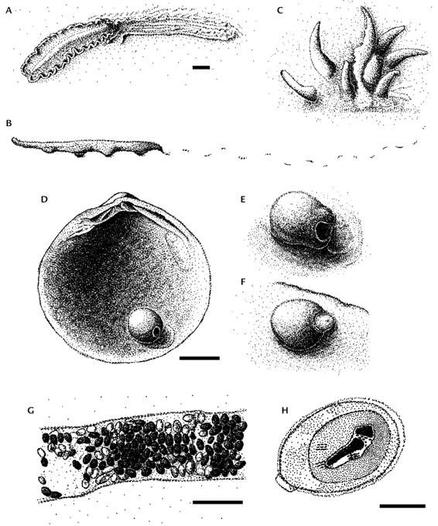Rich Aronson grew up in Queens, New York, and became interested in marine biology at an early age, collecting shells on Jones Beach, Long Island. He received his A.B. from Dartmouth College in 1979 and a Ph.D. from Harvard University in 1985.
#ZPONZ #GetPaidForExpertise #MonetizeYourSkills #Paleobiology






